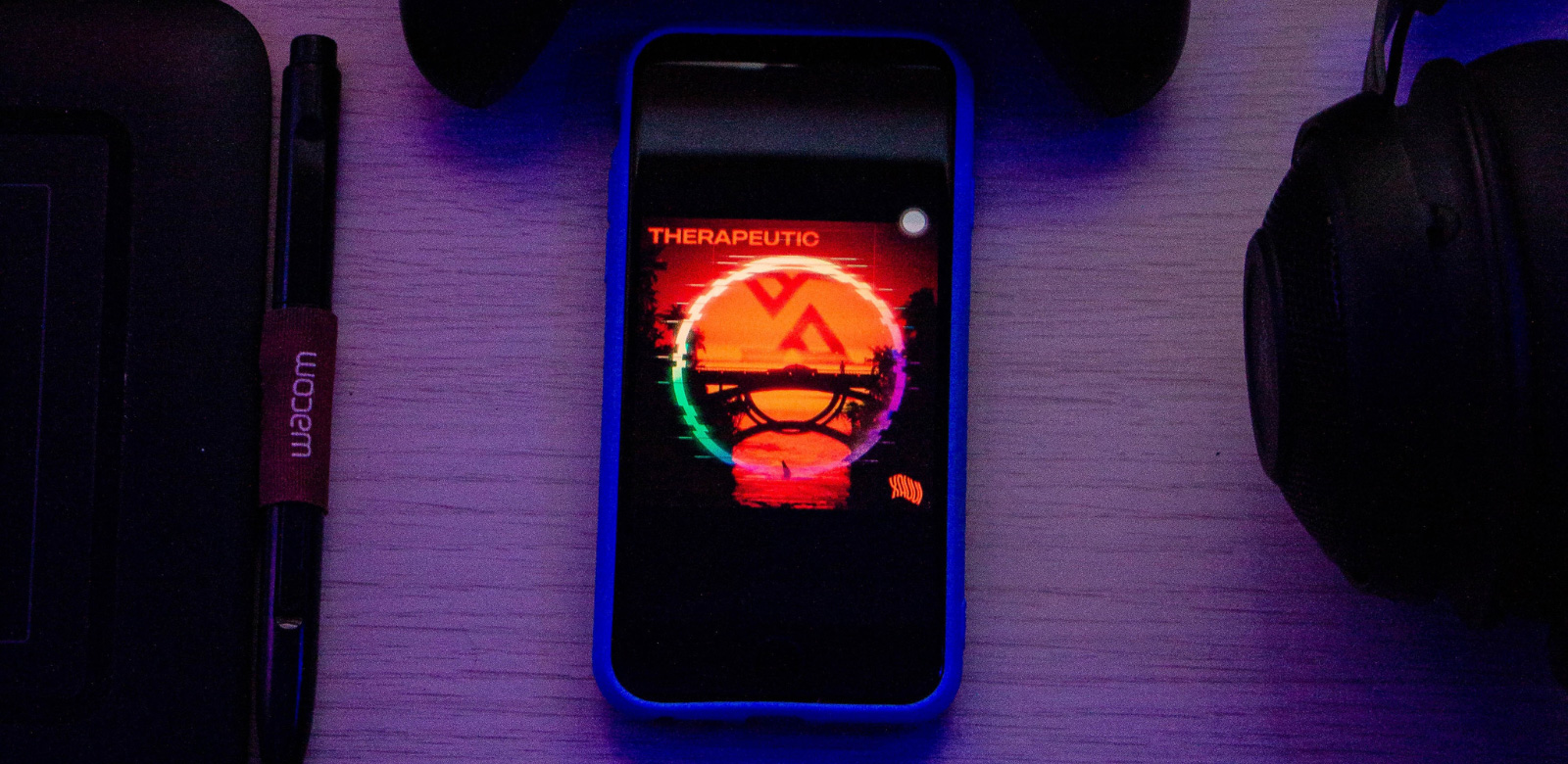Empathy-Driven Design to Enhance User Experience

Why would you build something that no one will ever use?
This question might sound silly to some but especially in small businesses most owners and team members are too busy solving “important” problems and do not focus on building products and services around the needs of their customers.
A survey conducted by Ernst and Young, in collaboration with Forrester, found that ‘’for 96% of executives, design thinking is very or extremely important to their company. Yet, only 37% said they have strong or expert capabilities to do so.’’ This visualizes quite a big gap between “want” and “do”.
But what is this so-called design thinking?
Design thinking is a problem-solving approach that puts users at the center of the design process. It involves empathizing with users, defining their needs and problems, ideating potential solutions, prototyping, and testing. By applying this approach, businesses can be more confident that they are providing the most value that they can to their customer. In this blog, we’ll take a step back from the benefits of user-centric processes and go deeper into how can your organization build one.
1. Empathizing with users
Design thinking starts with empathizing with users to understand their needs, goals, and pain points. By putting yourself in the shoes of the user, you’ll gain a deeper understanding of their perspective and identify the areas that need improvement the most. This step helps to start with the user so you won’t begin without understanding your client first.
2. Defining user problems and needs
Once you understand the users’ perspectives, the next step is to define their problems and needs. This involves summarizing the information gathered from empathy and creating user personas that represent the target audience. We suggest taking some user persona canvas to stimulate the whole process. This step helps to identify the key challenges faced by users and the best areas for improvement.
3. Ideating potential solutions
After defining the user’s problems and needs, the design thinking process involves ideating potential solutions. This step involves brainstorming and coming up with as many solutions as possible without judging them. This allows for the exploration of a range of options and enables the team to select the best solution for the user.
50 bad ideas is a great approach to breaking this barrier. It requires the whole team to write 50 ideas in a certain time period (the shorter the better). After brainstorming team goes through all of the ideas and evaluates them on potential and feasibility. Even if this approach doesn’t guarantee breakthrough solutions it will definitely set a better path to finding them.
4. Prototyping and testing
Once the solutions have been ideated, the next step is to prototype and test the chosen solutions. Prototyping allows you to quickly create low-cost mockups of the product or service, which can be tested with users to get feedback. By testing the prototypes, you can gather user feedback and improve the design to ensure that it meets the users’ needs. Take as many attempts as you need because after this step the solution should be tested and ready to go.
Design thinking is a powerful problem-solving approach that can improve user experience by putting users at the center of the design process. By empathizing with users, defining their needs and problems, ideating potential solutions, prototyping, and testing, businesses can create the most value they can.
By applying this approach to product and service design, you can build something that your customers will love and ultimately drive business growth. We at FanApps also practice this kind of development, become a part of our early adopter community and get to try our new product UseAward – the easiest way to retain your app users.









